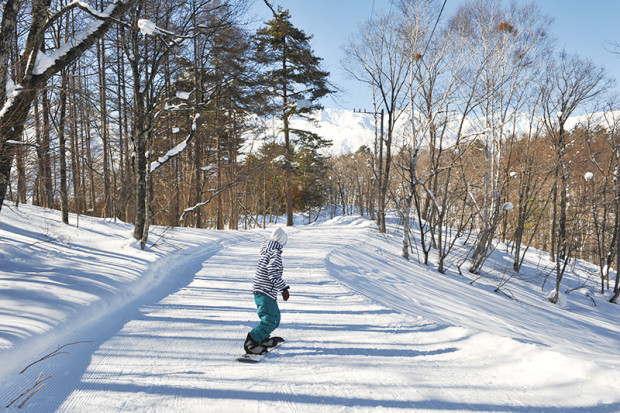Common Winter Sports Injuries You Should Avoid
Some people choose to stay indoors during winter. But some others thrive on the chance to enjoy a whole range of winter sports. Winter sports activities are great fun. However, the fun comes with a certain level of injury risk. The good news is that with appropriate precautions, you can enjoy your favorite snow games without much risk.

Read on to find out some common winter sport injuries that you must avoid.
1.Concussions
Sports such as ice hockey, skiing, and snowboarding often involve falls. Sometimes, falls can be severe and can lead to head injuries or concussions. Concussions are often the result of blows to the head.
After a fall, check for common concussion signs such as blurred vision, dizziness, vomiting, confusion, and swelling at the injured site. Concussions may not be life-threatening, but some effects, like memory loss, lack of coordination, etc., can be serious.
Seek medical assistance as soon as you experience any of the mentioned symptoms.
2. Knee Injuries
Knee damage is one of the most common winter sport injuries. The slippery conditions caused by the ice and snow lead to knee injuries such as sprains and tears. Winter sports athletes and, more commonly, ice skaters face knee injuries almost during every winter season.
Simple injuries are treated easily through ice packs and topical applications. For sprains, your doctor may recommend orthotic braces to support the injured area. However, you may need to undergo surgical procedures to fix some severe injuries.
3. Hand Injuries
While enjoying winter sports, you are very likely to injure your hands. Skier’s thumb occurs when you fall with your hand in the ski pole strap.
The thumb is pulled back from the hand, and a ligament tear occurs. The thumb loses its normal function, and you may be unable to grasp objects firmly. Mild cases of skier’s thumb are treated with a cast or splint. Some cases may require surgery. Wrist sprains and finger fractures are other common types of hand injuries.
4. Lower Back Injury
Sudden jarring and twisting during a fall can result in lower back injury. If the fall was not too severe, then the injury is mild too. Such injuries are treated through sufficient rest and conservative treatments.
In extreme cases, individuals may experience spine or disc injury. Minimally invasive treatments, physiotherapy, and chiropractic care are ways to treat a lower back injury.
5. Muscle Pulls
Muscle pulls are minor but common winter sports injuries. With proper treatment, muscle pulls can be cured easily. Muscle pulls are often the result of not stretching or warming up before taking on a high-intensity activity. If you experience a muscle pull, rest until the issue is resolved entirely.
6. Torn Rotator Cuff
A torn rotator cuff is caused by a tear in the tissues around the shoulder region. The condition occurs when an individual performs the same shoulder motion repeatedly. The torn rotator cuff is typical among winter sports athletes. Based on the severity of the tear, your doctor may recommend medications along with physical therapies.
Can You Prevent Winter Sports Injuries?
While not every type of sports injury is preventable, there are some ways to lower your risk. Here is a list of pointers to keep you fit and ready for all the winter season fun.
- Practice your sport whenever possible. Staying out of practice for a long time is one of the main reasons for the frequent falls.
- Exercise regularly. Focus on your core strength and balance to avoid falls.
- Warm-up before any physical activity is mandatory. Stretch well before you take the plunge.
- Get medical assistance whenever needed. Do not delay treatment after you experience an accident.
